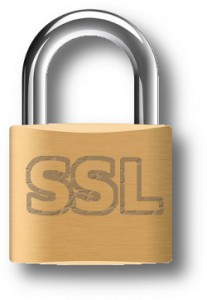I’ve met a bunch of new faces and friends here at the HTTP Workshop in Münster. Several who I’ve only seen or chatted with online before and some that I never interacted with until now. Pretty awesome really.
Out of the almost forty HTTP fanatics present at this workshop, five persons are from Google, four from Mozilla (including myself) and Akamai has three employees here. Those are the top-3 companies. There are a few others with 2 representatives but most people here are the only guys from their company. Yes they are all guys. We are all guys. The male dominance at this event is really extreme and we’ve discussed this sad circumstance during breaks and it hasn’t gone unnoticed.
This particular day started out grand with Eric Rescorla (of Mozilla) talking about HTTP Security in his marvelous high-speed style. Lots of talk about how how the HTTPS usage is right now on the web, HTTPS trends, TLS 1.3 details and when it is coming and we got into a lot of talk about how HTTP deprecation and what can and cannot be done etc.
Next up was a presentation about HTTP Privacy and Anonymity by Mike Perry (from the Tor project) about lots of aspects of what the Tor guys consider regarding fingerprinting, correlation, network side-channels and similar things that can be used to attempt to track user or usage over the Tor network. We got into details about what recent protocols like HTTP/2 and QUIC “leak” or open up for fingerprinting and what (if anything) can or could be done to mitigate the effects.
Evolving HTTP Header Fields by Julian Reschke (of Green Bytes) then followed, discussing all the variations of header syntax that we have in HTTP and how it really is not possible to write a generic parser that can handle them, with a suggestion on how to unify this and introduce a common format for future new headers. Julian’s suggestion to use JSON for this ignited a discussion about header formats in general and what should or could be done for HTTP/3 and if keeping support for the old formats is necessary or not going forward. No real consensus was reached.
Willy Tarreau (from HAProxy) then took us into the world of HTTP Infrastructure scaling and Load balancing, and showed us on the microsecond level how fast a load balancer can be, how much extra work adding HTTPS can mean and then ending with a couple suggestions of what he thinks could’ve helped his scenario. That then turned into a general discussion and network architecture brainstorm on what can be done, how it could be improved and what TLS and other protocols could possibly be do to aid. Cramming out every possible gigabit out of load balancers certainly is a challange.
Talking about cramming bits, Kazuho Oku got to show the final slides when he showed how he’s managed to get his picohttpparser to parse HTTP/1 headers at a speed that is only slightly slower than strlen() – including a raw dump of the x86 assembler the code is turned into by a compiler. What could possibly be a better way to end a day full of protocol geekery?
Google graciously sponsored the team dinner in the evening at a Peruvian place in the town! Yet another fully packed day has ended.
I’ll top off today’s summary with a picture of the gift Mark Nottingham (who’s herding us through these days) was handing out today to make us stay keen and alert (Mark pointed out to me that this was a gift from one of our Japanese friends here):


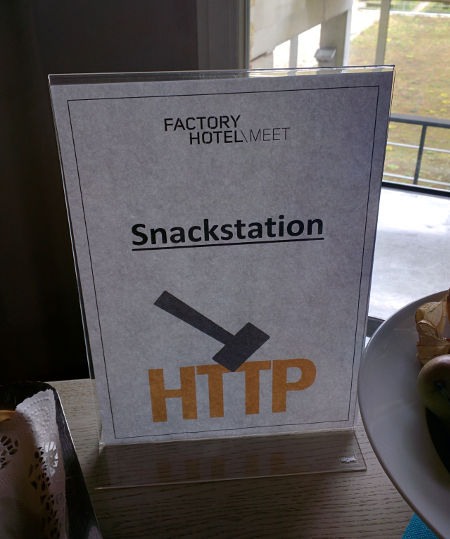
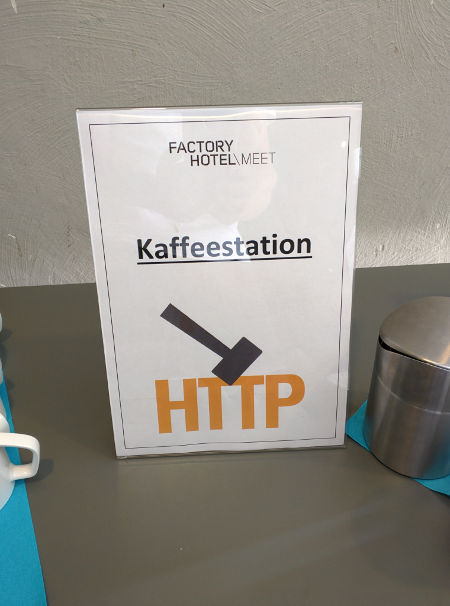




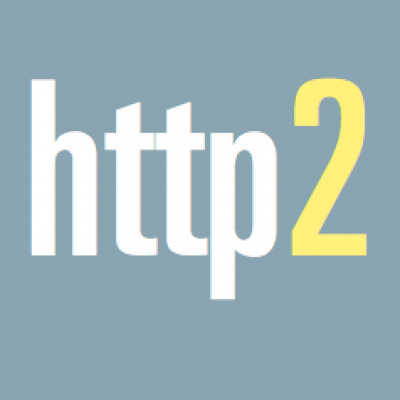
 The protocol HTTP/2 as defined in the
The protocol HTTP/2 as defined in the 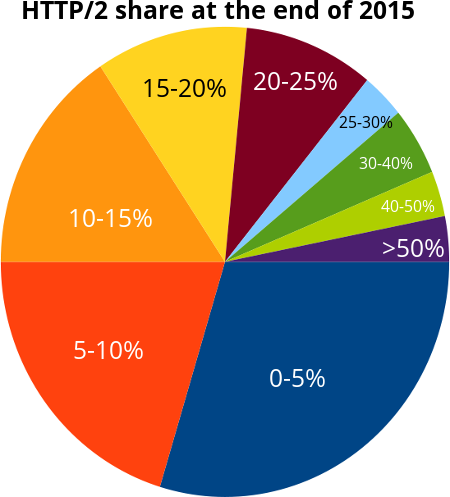
 I use a
I use a 